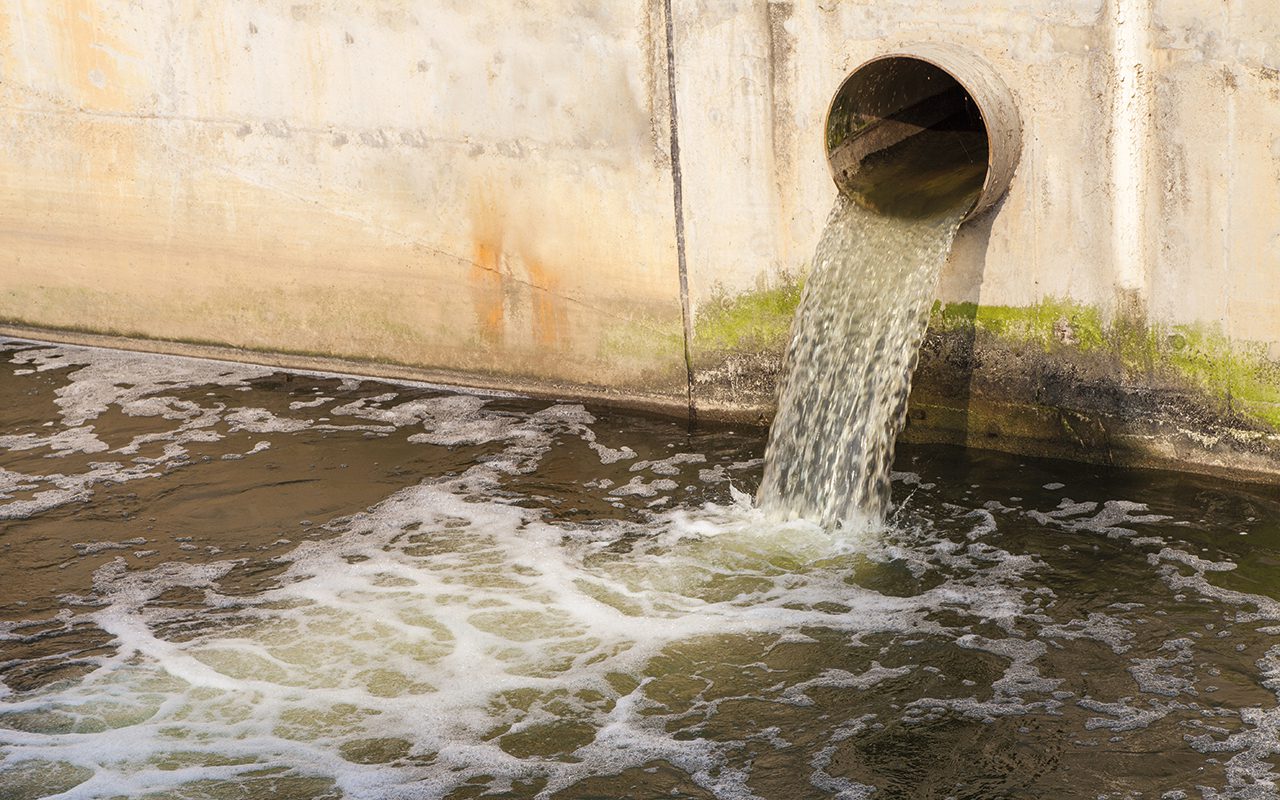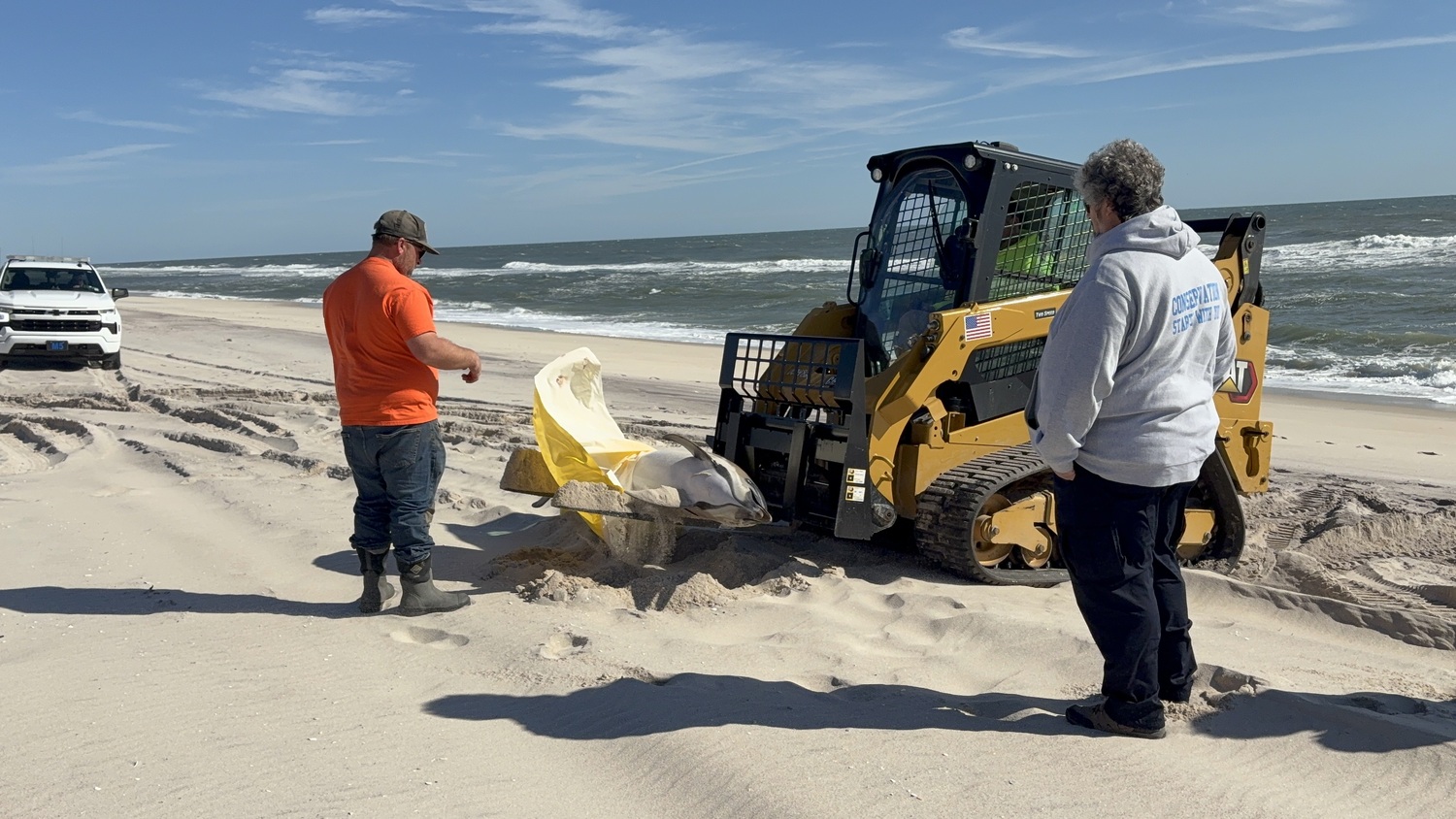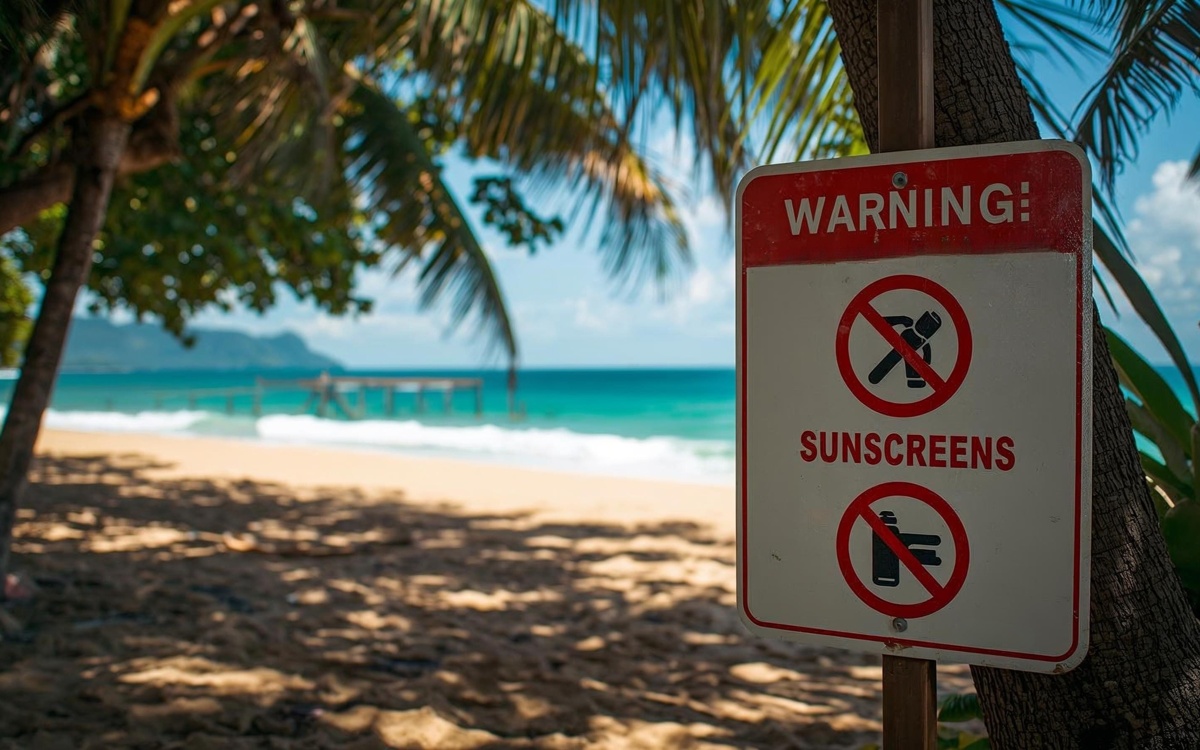Report on Supreme Court Judgment Upholding Habitats Regulations and its Alignment with Sustainable Development Goals
Executive Summary
A United Kingdom Supreme Court judgment on 22 October in the case of C G Fry & Son Ltd v SSCLG and another has reinforced legal frameworks for environmental protection, with significant implications for the achievement of several Sustainable Development Goals (SDGs). The ruling confirms that public authorities are obligated to conduct an “appropriate assessment” of potential harm to protected wildlife sites at all relevant stages of the development planning process. This decision strengthens the application of the Habitats Regulations, ensuring that environmental considerations, central to the 2030 Agenda for Sustainable Development, are not confined to the initial planning stages but remain a continuous duty.
Upholding SDG 15 (Life on Land) and SDG 14 (Life Below Water)
The judgment provides a robust defence for critical ecosystems, directly supporting the objectives of SDG 15 (Life on Land) and SDG 14 (Life Below Water). By mandating ongoing assessment, the Court ensures that development proposals do not degrade protected habitats.
- Continuous Protection: The ruling rejects the argument that environmental impact assessments are a one-time requirement, establishing that nature protection is an ongoing obligation throughout the entire planning consent procedure.
- Safeguarding Key Habitats: This continuous oversight is vital for the integrity of sites protected under the Habitats Regulations, including Special Areas of Conservation and Special Protection Areas, which are crucial for halting biodiversity loss (SDG Target 15.5).
- Integrating Biodiversity into Planning: The decision legally embeds the principles of SDG Target 15.9, which calls for the integration of ecosystem and biodiversity values into national and local planning and development processes.
Mitigating Pollution to Advance SDG 6 (Clean Water and Sanitation)
The case specifically addressed the impact of nutrient pollution from new developments, a major obstacle to achieving SDG 6 (Clean Water and Sanitation). With only 16% of England’s water bodies in good ecological condition due to pollutants from sewage and agriculture, the ruling provides a critical mechanism for accountability.
- The Court clarified that developments granted outline permission must still assess and mitigate potential harm from nutrient pollution at later planning stages if new information about such risks becomes available.
- This ensures that the responsibility to prevent water pollution (SDG Target 6.3) is upheld even when projects are phased over long periods, protecting freshwater ecosystems essential for both human and ecological health.
Legislative Gaps and the Role of Strong Institutions (SDG 16)
While strengthening protections for many sites, the judgment also highlighted a critical legislative gap concerning Ramsar Sites (globally important wetlands). The Court determined that government policy protecting these sites does not carry the same legal force as the Habitats Regulations legislation. This disparity creates a potential loophole that could undermine protection for these vital ecosystems.
Future Actions and Partnerships (SDG 17)
The identification of this legal vulnerability has spurred corrective action, demonstrating the interplay between judicial institutions (SDG 16) and policy-making.
- Legislative Reform: The Planning and Infrastructure Bill includes provisions in Schedule 6 to make Ramsar sites legally equivalent to sites protected under the Habitats Regulations, effectively closing this loophole for future planning processes.
- Civil Society Engagement: The intervention in the case by Wildlife and Countryside Link, a coalition of environmental charities, exemplifies the importance of partnerships (SDG 17) in advocating for and securing robust environmental governance.
Analysis of Sustainable Development Goals in the Article
1. Which SDGs are addressed or connected to the issues highlighted in the article?
- SDG 6: Clean Water and Sanitation: The article directly addresses water quality issues, mentioning that “nutrient pollution (such as sewage and agricultural pollution) is the main reason that only 16% of rivers, lakes and wetlands in England are in good ecological condition.” This highlights the challenge of maintaining clean water bodies.
- SDG 11: Sustainable Cities and Communities: The core issue revolves around the “planning process” for “development proposals.” The Supreme Court judgment clarifies how environmental impacts must be assessed throughout the planning consent procedure for new developments, which is central to creating sustainable communities that do not harm the environment.
- SDG 15: Life on Land: This is a primary focus of the article. The discussion centers on the legal protection of “wildlife sites,” “Special Areas of Conservation,” “Special Protection Areas,” and “Ramsar Sites (globally important wetlands).” The Habitats Regulations and the court case are aimed at protecting terrestrial and inland freshwater ecosystems from the harmful effects of development.
- SDG 16: Peace, Justice and Strong Institutions: The article is fundamentally about the role of legal and institutional frameworks in environmental protection. It details a “Supreme Court judgment,” the application of the “Habitats Regulations,” and the need for new legislation like the “Planning and Infrastructure Bill” to close legal loopholes. This demonstrates the importance of strong institutions and the rule of law in enforcing environmental protection.
2. What specific targets under those SDGs can be identified based on the article’s content?
- Target 6.3: “By 2030, improve water quality by reducing pollution…” The article’s concern with “nutrient pollution” from sewage and agriculture degrading rivers, lakes, and wetlands directly aligns with this target of reducing water pollution.
- Target 11.a: “Support positive economic, social and environmental links between urban, peri-urban and rural areas by strengthening national and regional development planning.” The legal case discussed is an example of strengthening development planning by ensuring that environmental assessments (“appropriate assessment”) are a continuous duty throughout the entire planning process for development proposals.
- Target 15.1: “By 2020, ensure the conservation, restoration and sustainable use of terrestrial and inland freshwater ecosystems and their services, in particular… wetlands…” The article’s focus on protecting “Ramsar Sites (globally important wetlands)” and other wildlife habitats from the impacts of development is a direct reflection of this target.
- Target 15.5: “Take urgent and significant action to reduce the degradation of natural habitats, halt the loss of biodiversity…” The purpose of the Habitats Regulations and the Supreme Court’s judgment is to ensure that development does not lead to the degradation of protected natural habitats, thereby halting biodiversity loss.
- Target 15.9: “By 2020, integrate ecosystem and biodiversity values into national and local planning, development processes…” The article is a case study of this target in action. The legal requirement to “carry out an ‘appropriate assessment’ for development proposals that may harm wildlife sites” is a mechanism for integrating biodiversity values into the planning process.
- Target 16.b: “Promote and enforce non-discriminatory laws and policies for sustainable development.” The Supreme Court judgment is an act of enforcing existing environmental laws (Habitats Regulations). The article also highlights a policy gap regarding Ramsar sites and points to the “Planning and Infrastructure Bill” as a legislative measure to enforce equal protection for all important wetlands, which is a clear effort to enforce policies for sustainable development.
3. Are there any indicators mentioned or implied in the article that can be used to measure progress towards the identified targets?
- Indicator related to SDG 6.3.2 (Proportion of bodies of water with good ambient water quality): The article provides a direct quantitative measure for this indicator by stating that “only 16% of rivers, lakes and wetlands in England are in good ecological condition.” This figure serves as a baseline to measure progress in improving water quality.
- Indicator related to SDG 15.1.2 (Proportion of important sites for terrestrial and freshwater biodiversity that are covered by protected areas): The article implicitly refers to this by discussing the different levels of legal protection for various sites. The distinction made between sites protected under the “Habitats Regulations” and “Ramsar sites” (which had a potential gap in protection) indicates that the quality and legal standing of protection are key metrics. The “Planning and Infrastructure Bill” aims to improve this by making protection legally equivalent.
- Indicator related to SDG 16.3.3 (Proportion of the population who have experienced a dispute…and who accessed a formal…dispute resolution mechanism): The entire article is about a case that went to the Supreme Court. This serves as a qualitative indicator that legal institutions are being used to resolve environmental disputes and clarify the law, demonstrating access to justice for environmental protection. The judgment itself is an outcome indicator of the institution’s effectiveness.
4. Table of SDGs, Targets, and Indicators
| SDGs | Targets | Indicators |
|---|---|---|
| SDG 6: Clean Water and Sanitation | Target 6.3: Improve water quality by reducing pollution. | The statistic that “only 16% of rivers, lakes and wetlands in England are in good ecological condition” due to nutrient pollution. (Relates to Indicator 6.3.2) |
| SDG 11: Sustainable Cities and Communities | Target 11.a: Strengthen national and regional development planning. | The requirement for an “appropriate assessment” for development proposals at all relevant stages of the planning process. |
| SDG 15: Life on Land | Target 15.1: Ensure the conservation of terrestrial and inland freshwater ecosystems, especially wetlands. | The legal protection status of “Ramsar Sites” and the legislative effort (Planning and Infrastructure Bill) to make them legally equivalent to Habitats Regulations sites. (Relates to Indicator 15.1.2) |
| Target 15.5: Reduce the degradation of natural habitats and halt biodiversity loss. | The application of the Habitats Regulations to prevent harm to “Special Areas of Conservation” and “Special Protection Areas.” | |
| Target 15.9: Integrate ecosystem and biodiversity values into national and local planning. | The legal obligation for developers and public authorities to consider impacts on nature throughout the entire planning consent procedure. | |
| SDG 16: Peace, Justice and Strong Institutions | Target 16.b: Promote and enforce non-discriminatory laws and policies for sustainable development. | The Supreme Court judgment upholding and clarifying environmental law, and the creation of the Planning and Infrastructure Bill to close legal loopholes. (Relates to Indicator 16.3.3) |
Source: envirotecmagazine.com







